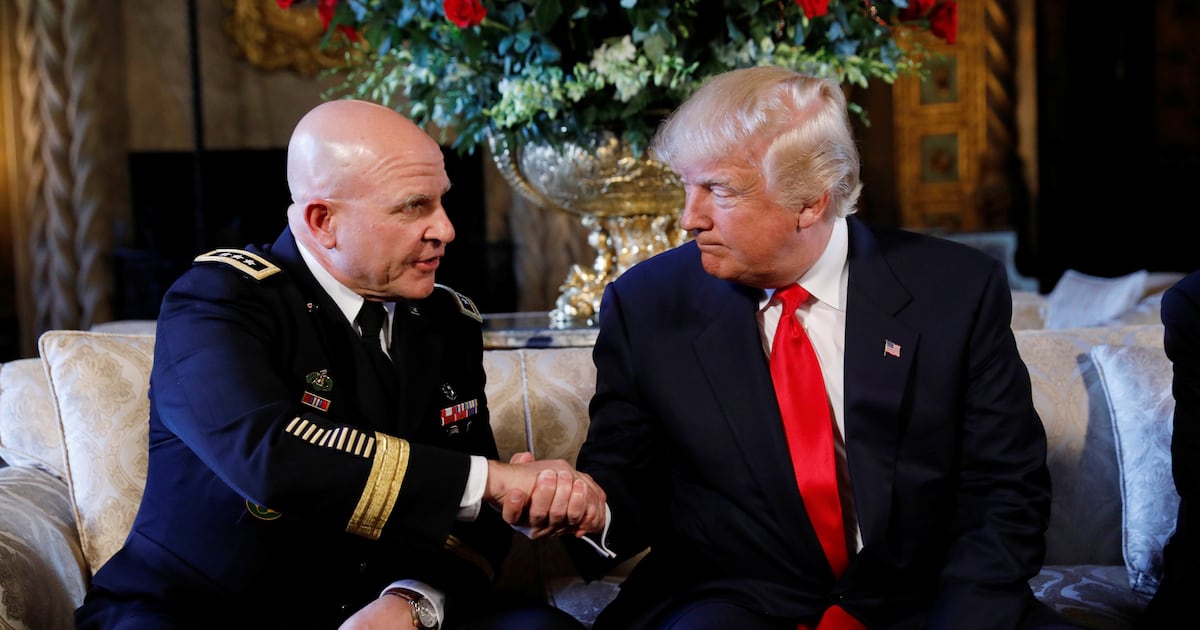The Israeli military announced on Tuesday that it is the first country to deploy U.S.-made F-35 stealth fighters in combat.
Israeli F-35s struck targets twice recently on “two different fronts in the Middle East,” Israeli air force commander Maj. Gen. Amikam Norkin said, according to Israeli newspapers.
The deployment underlines the growing risk that Israel might unilaterally strike Iran, potentially instigating a wider conflict in the Middle East. The last time Israel obtained cutting-edge, U.S.-made warplanes—and used them in combat before any other country—it arguably accelerated the region’s nuclearization.
The Israeli Defense Force celebrated its F-35s’ combat debut on Twitter. The radar-evading F-35s are “flying in operational missions,” the IDF tweeted. “We are the first in the world to use the F-35 in operational activity.”
The celebratory tweet came shortly after Norkin reportedly revealed—to an audience at an Israeli military convention—a photograph of an Israeli F-35 flying over Beirut.
It’s not clear which “fronts” Norkin was referring to in reference to the F-35’s inaugural raids, but it’s worth noting that Israel frequently strikes militants and Iran-backed forces in Lebanon and Syria.
Israeli attacks in Syria in particular have escalated in recent weeks. Starting on May 8, Iranian forces in Syria launched dozens of rockets at Israel, and Israel responded with air strikes.
The exchange of fire came just hours after U.S. President Donald Trump announced that the United States would violate the 2015 international agreement restricting Iran’s nuclear weapons program. Tehran has threatened to restart atomic-warhead development in the event the agreement collapses.
Norkin told his audience that the IDF’s F-35s were not involved in the May air raids in Syria. The stealth fighters had struck earlier, Norkin said.
Tel Aviv is buying 50 F-35s from U.S. firm Lockheed Martin for a total cost of around $5 billion. The United States foots the bill for the radar-evading fighters as part of America’s roughly $3 billion annual military aid to Israel.
The Israeli air force declared its first F-35 squadron war-ready in December. For months afterward there were rumors the F-35s were already flying combat missions. The rumors intensified in February, after Syrian air defenses shot down an IDF F-16 as it was returning to Israel following an air strike on Iran-backed forces in Syria.
The F-35 is designed to avoid detection by radar and other sensors, making it better able to evade enemy defenses compared to the older F-16. Those stealth qualities make it perhaps the best plane in Israel’s arsenal for a potential raid on Iran’s heavily defended nuclear facilities.
“The F-35’s value in this increasingly complex and challenging environment is clear,” defense analyst Yaakov Lappin wrote in an October study for the Begin-Sadat Center for Strategic Studies, a right-wing Israeli think tank. “It becomes even more pronounced when examining Israel’s need to improve its long-range strike capabilities in the event of a conflict with Iran.”
But it’s possible Israel could use F-35s to initiate a wider confrontation with Iran. That sort of thing has happened before—between Israel and Iraq. In June 1981, IDF F-16s bombed Iraq’s Osirak nuclear reactor. It was the fighter type’s major combat debut. Israel had received its first F-16s from the United States just a year earlier. The Israeli government did not warn the United States of its intention to bomb Iraq.
The Israeli government claimed the Osirak reactor was at the heart of Iraqi efforts to obtain nuclear weapons—and that destroying it was critical to preserving peace in the Middle East. “Another Holocaust would have happened” had Israel not attacked, Israeli Prime Minister Menachem Begin insisted.
In fact, Iraq was at least a decade from developing any meaningful capacity for building atomic warheads, according to a study by Dan Reiter, a political scientist at Emory University (PDF). Osirak itself was poorly suited for weapons work.
And according to Colin Kahl, a Stanford historian, “the attack on Osirak actually increased [Iraqi leader Saddam] Hussein’s determination to develop a nuclear deterrent and provided Iraq’s scientists an opportunity to better organize the program.” It was U.S. sanctions in the aftermath of the 1991 Gulf War, and not Israel’s raid, that thwarted Iraq’s nascent nuclear ambitions, Kahl argued.
Likewise, an Israeli attack on Iran could harden Tehran’s atomic resolve. “Should Israel rush to war, Iran might follow Hussein’s example and rebuild its nuclear program in a way that is harder to detect and more costly to stop,” Kahl wrote.
Like the F-16 before it, the F-35 gives Israel the means to carry out reckless and potentially destabilizing military operations. That Israel has rushed the F-35 into combat in (apparently) Syria and Lebanon underscores the danger that it could also deploy the planes on operations targeting Iran, with far graver implications for the whole world.





